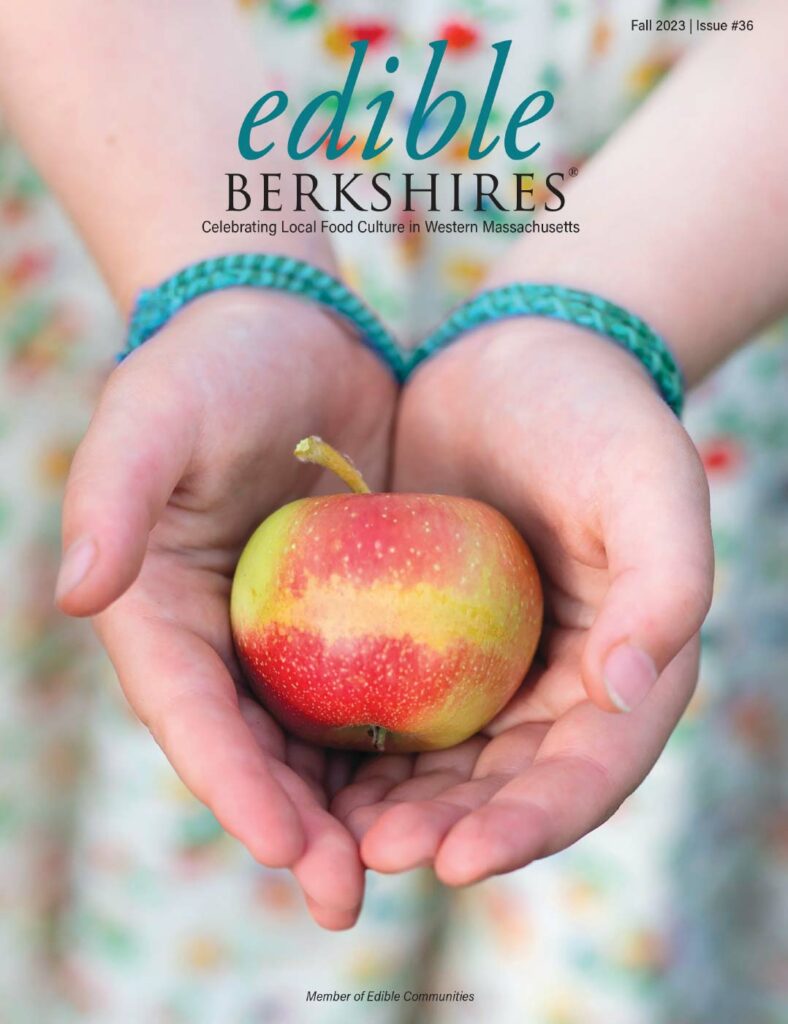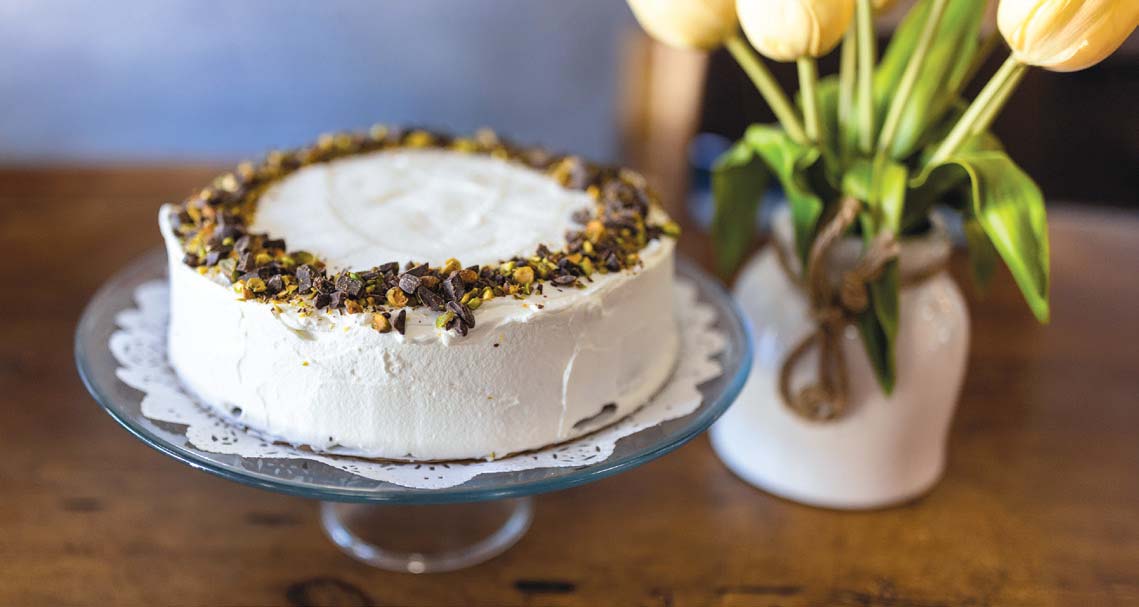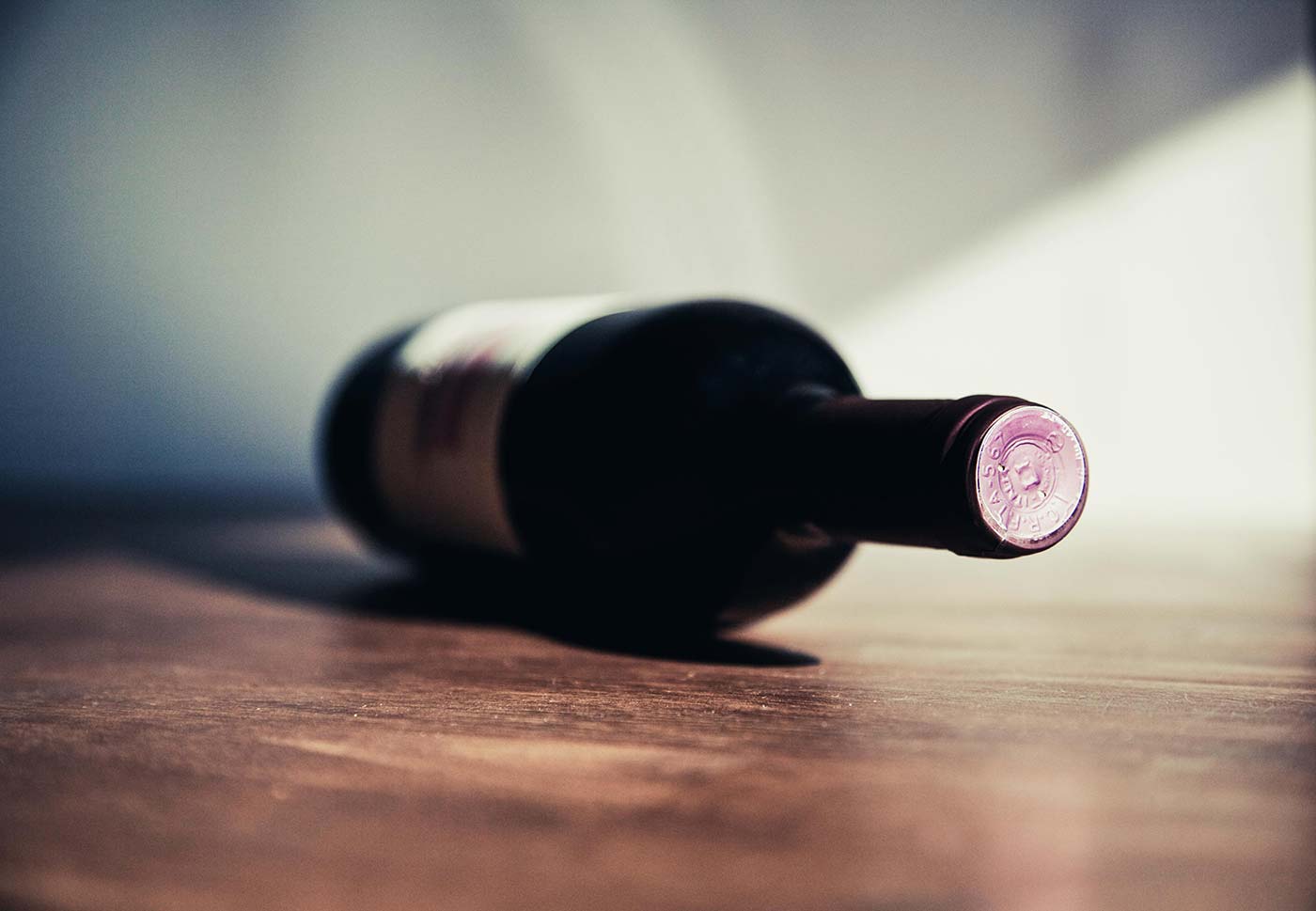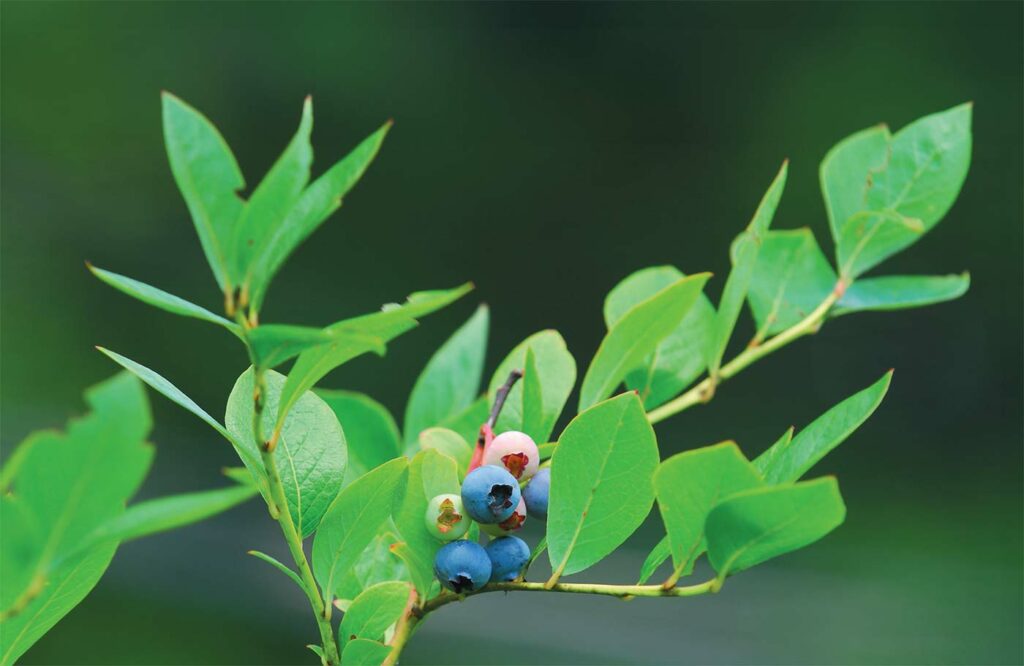
September through October (and cautiously November) are fine months to plant trees and shrubs. “Fall is for Planting,” the garden center promotions say. But why? Soils are generally still retaining summer warmth and have higher moisture from rains that arrive with the change of seasons.
Warm soils enable roots to grow and get established, using the nutrients from the soil and benefiting from end-of-season photosynthesis. As days grow shorter and cooler, plants stop producing more leaves and begin sending food reserves to the roots to prepare for the next growing season.
Plants installed in the fall will be ready to start growing, producing flowers and fruits in the spring.
EDIBLE TO WHOM?
If you choose native and edible, realize you are inviting all your wild neighbors (birds, raccoons, squirrels, deer, bear, rabbits, etc.) to participate in your landscape. If that’s your goal, great! If you want all the fruits to yourself, you may need to do a little extra work.
For example, blueberries make an ideal edible hedge, but wildlife will help themselves unless you enclose the hedge in bird net fencing or something sturdier. You could also construct an arbor that holds netting only when necessary. Blueberries need full sun and acidic soil of pH 4.5 to 5.8 to grow well. Getting more than one type that flower in overlapping seasons will extend the harvest season. Blueberries also have a beautiful fall color that rivals the invasive Burning Bush.
Starting an orchard? Fruit trees planted in fall will be more acclimated to the vagaries of our spring weather and won’t break dormancy as quickly as the fruit trees that arrive from southern growers in the late winter. However, garden centers have the widest selection of fruit trees in the spring. Still, you can ask about what’s available (and probably on sale) in fall. Apples, apricots, pears, peaches, and plums all have hardy cultivars that will grow here in the Berkshires. To help keep your fruit trees dormant longer (and to avoid late spring frost damage), spread an extra-thick layer of mulch around the tree after the soil has frozen hard in December. The theory is that by keeping the soil cold, you slow bud break. However, dramatic freezes after warm weather can still kill dormant buds.
Most familiar fruit trees will require extra effort from you to protect them from overwintering pests and blights. This can be done simply and organically if you don’t have too many trees to monitor. Choose based on your taste: What fruit is worth your physical or financial ability to provide cultural care of watering, pest prevention, and fruit monitoring in season?
If you grow native fruits and you aren’t trying to sell produce or strictly live off your land, you may forgo some of that extra fencing and pest prevention. By encouraging pollinators and sharing with birds, you encourage diversity in your landscape and diversity can help with some pest control.
You might also consider these North American native fruiting plants, if not this fall, next year for a good growing adventure:
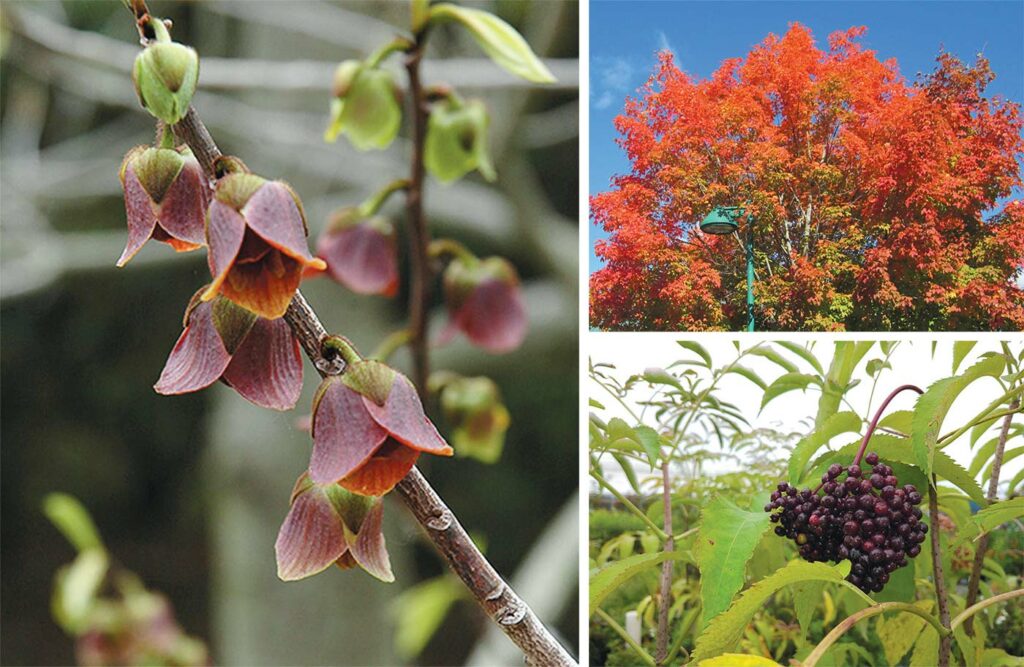
NATIVE PLANTS WITH EDIBLE QUALITIES FOR HUMANS
American hazelnut (Corylus americana): shrub 8 feet wide x 12 feet high. This woodland shrub produces tasty hazelnuts suitable for fresh eating in the fall. Grows in shade to full sun. Self-pollinating, but tends to set heavier quantities of fruit with a different variety of the same species growing nearby.
Beach plum (Prunus maritima ): shrub 6 feet wide x 6 feet high. Grows in part shade to full sun. Round, tart fruit is used in preserves and pies. You’ll get better fruit set if you have more than one plant, but they are self-pollinating.
Black chokeberry (Aronia melanocarpa ): shrub 5 feet wide x 5 feet high. Grows in full sun. Tolerates standing water. Tart berries can be used in jams, and berries are ideal for encouraging wildlife to visit your garden.
Blueberry (Vaccinium corymbosum): See above.
Eastern red cedar (Juniperus virginiana): evergreen tree 20 feet wide x 40 feet high. Grows in full sun and adaptable to dry soils. Use the juniper “berries”—actually small cones—to flavor syrups or botanical “gin’” Be careful, as a little goes a long way and many people have skin sensitivity to juniper!
Elderberry (Sambucus canadensis): shrub 12 feet wide x 10 feet high. Grows in full sun to part shade. Grow both ‘Adams’ and ‘York’ selections for better pollination and fruit. Good for winemaking and preserves.
Highbush cranberry (Viburnum trilobum): shrub 8 feet wide x 10 feet high. Grows in full sun to part shade. Round sour berries are used most often in preserves. Birds love them; deer, not so much. Grow different varieties of the same species nearby to set fruit.
Juneberry or serviceberry or shadbush (Amelanchier alnifolia): smaller shrub 8 feet wide x 12 feet high; A. laevis, woodland tree 15 feet wide x 20 feet high. A. alnifolia fruits heavily in June and can be used in jams. Full sun to part shade. Urban tolerant. Birds love it!
Paw paw (Asimina triloba): tree 15 feet wide x 20 feet high. Grows in full sun to part shade. Make sure that your garden center or nursery gets plants from multiple sources since you want a genetic mix to get more fruit. Best description of fruit flavor: “tastes like banana custard.”
Sugar maple (Acer saccharum): tree 50 feet wide x 60 feet high. Grows in full sun. Large specimen shade tree or create a stand if you have the space. Tap the sap for your own maple syrup!
White oak (Quercus alba): deciduous tree 70 feet wide x 90 feet high. Grows in full sun and will take lots of room! Prefers acidic soils. Grow it for future generations, to feed acorns to wildlife and keep them away from your other edible plantings.
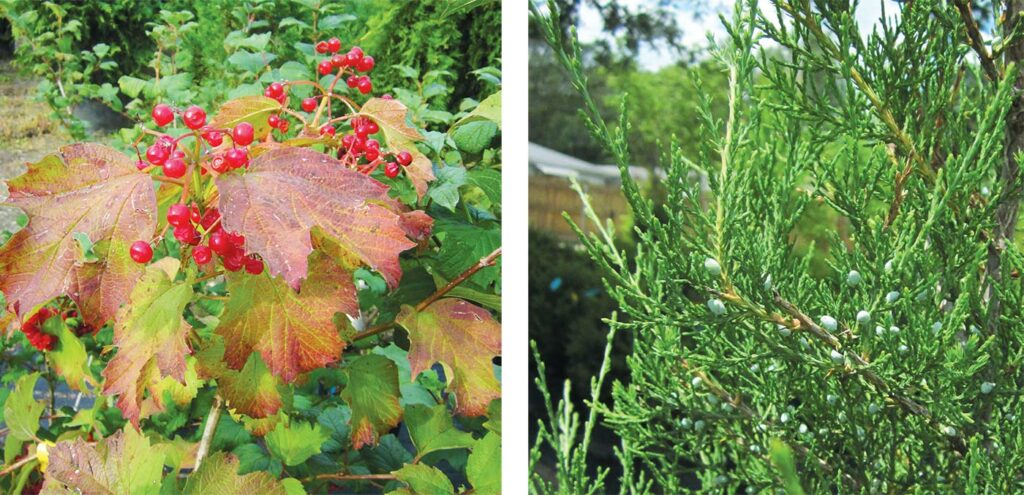
PLANTING TIPS
Trees and shrubs growing at a garden center in containers should probably be planted earlier in fall since roots may be wound tightly in those containers. You’ll want to give them time to spread and establish in their new location. Evergreens go dormant earlier and won’t establish new roots in late October or November. But go ahead and install them as long as you can dig the hole. They will be ready as soon as the soil warms in spring.
When you plant in the fall, leave a wide, weed-free skirt of mulch so water gets to the roots. This mulched area also serves as a no-rodent zone and exposes furry pests to hawks and owls. Cut adjacent grass short and keep mulch shallow around the trunks to discourage curious critters. When winter slams us with deep snow, clear that snow back away from the trunks as well to expose voles.
Newly planted trees and shrubs still need a weekly soaking of water when soils are moist. Continue to water through October. Your job is to establish those roots and that means getting water to the bottom of the root ball. Once the water seeps down, the roots will use it but it takes about a week before more water is needed. Flooding the planting area too often will inhibit root growth.
If planting trees later in October, use a staking kit to keep them upright while they get established and as insurance against winter winds, snow, and freeze/thaw cycles.
Young trees of about 1 inch diameter trunks have only a thin layer of outer bark, easily gnawed by rabbits and meadow voles. Create a mini fence for these young trees with ¼-inch hardware cloth, a sturdy but flexible mesh. The cloth or mesh should be wrapped loosely around the tree with at least 2 inches of space between the tree and the cloth/mesh to allow for growth. Make the fencing tall enough to extend into the ground about 6 inches, and at least 2 feet above the soil line.
When the ground freezes hard, add a few more inches of mulch (still away from trunks and out to the plant’s dripline) to keep the ground frozen through the winter. January thaws can stress trees if the soil warms up too quickly. It signals to the plants to begin budding.
The care you take in the fall and over the winter will help ensure a lovely yield of edibles for you and your (wild!) neighbors in the spring and summer. Happy planting!



